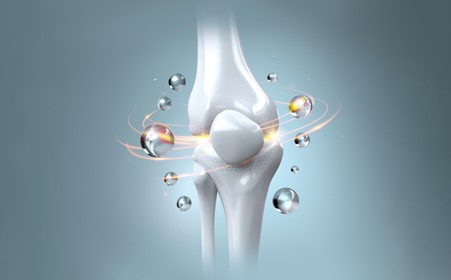Introduction
Cartilage regeneration techniques are changing how doctors treat joint problems. Cartilage is a smooth tissue that covers the ends of bones in your joints. It helps your joints move easily and absorbs shock. When cartilage gets damaged, it does not heal well on its own. Because of this, new treatments for cartilage damage are very important. These methods help restore movement and reduce pain. Many people now look for orthopedic cartilage repair to stay active and healthy.
Symptoms and Impact of Cartilage Damage
Cartilage damage can cause many problems. You may notice pain in your joint, especially when moving. Sometimes, swelling or stiffness makes it hard to bend or straighten the joint. In some cases, you might hear a grinding sound. Over time, damaged cartilage can limit your daily activities. For example, walking, climbing stairs, or playing sports may become difficult. If left untreated, it can lead to arthritis or long-term joint problems.
Causes of Cartilage Damage
There are several reasons why cartilage gets damaged. Often, a sudden injury, like a fall or sports accident, can harm the cartilage. However, wear and tear from daily use is also common, especially as you age. Sometimes, being overweight puts extra stress on your joints. In rare cases, certain diseases or genetic conditions can weaken cartilage. No matter the cause, early treatment helps prevent further damage.
Overview of Current Cartilage Regeneration Techniques
Today, doctors use several cartilage regeneration techniques to repair joints. Each method has its own benefits. Here are some common options:Microfracture: In this procedure, the doctor makes tiny holes in the bone under the damaged cartilage. This helps new cartilage grow from the bone marrow.Autologous Chondrocyte Implantation (ACI): First, healthy cartilage cells are taken from your joint. These cells are grown in a lab and then placed back into the damaged area.Stem Cell Therapy: Doctors use special cells from your body, called stem cells, to help grow new cartilage. These cells can turn into many types of tissue, including cartilage.
Additionally, some clinics offer new treatments for cartilage damage, such as tissue engineering and growth factor injections. These options are still being studied but show promise for the future.
Diagnosis and Evaluation Process
Before starting treatment, your doctor will check your joint carefully. Usually, they ask about your symptoms and medical history. Next, they may do a physical exam to see how your joint moves. Often, imaging tests like X-rays or MRI scans help show the extent of cartilage damage. In some cases, your doctor may use a small camera, called an arthroscope, to look inside the joint. This step helps choose the best cartilage regeneration technique for you.
Treatment Options and What to Expect During Recovery
After diagnosis, your doctor will discuss the best treatment for your needs. Sometimes, simple methods like rest, physical therapy, or medication can help mild cases. However, if the damage is severe, you may need one of the advanced cartilage regeneration techniques. Here is what you can expect:Surgery: Most procedures are done with small cuts and special tools. This means less pain and faster healing.Recovery: After surgery, you may need crutches or a brace for a few weeks. Physical therapy helps you regain strength and movement.Results: Many people notice less pain and better joint function over time. However, full recovery can take several months.
It is important to follow your doctor’s advice during recovery. This helps protect the new cartilage and ensures the best outcome.
Lifestyle Guidance and Prevention Tips
Even after treatment, you can take steps to protect your joints. Here are some tips:Maintain a healthy weight to reduce stress on your joints.Stay active with low-impact exercises like swimming or cycling.Warm up before activities and stretch regularly.Wear proper shoes and use safety gear during sports.Avoid sudden, hard movements that can injure your joints.
By following these tips, you can lower your risk of future cartilage damage.
Latest Research and Future Directions
Researchers are always looking for better ways to repair cartilage. For example, new studies focus on using 3D printing to create custom cartilage implants. Some scientists are testing advanced stem cell therapies and special growth factors. According to the World Health Organization, these new treatments may help more people recover faster and with less pain. As research continues, the future of orthopedic cartilage repair looks bright.
Conclusion
Cartilage regeneration techniques offer hope for people with joint pain and damage. With the right treatment, many regain movement and enjoy life again. If you have joint pain or think you have cartilage damage, consult an orthopedic specialist for personalized guidance.
Consult us today at ISAAC Bone & joint clinic for expert guidance!

